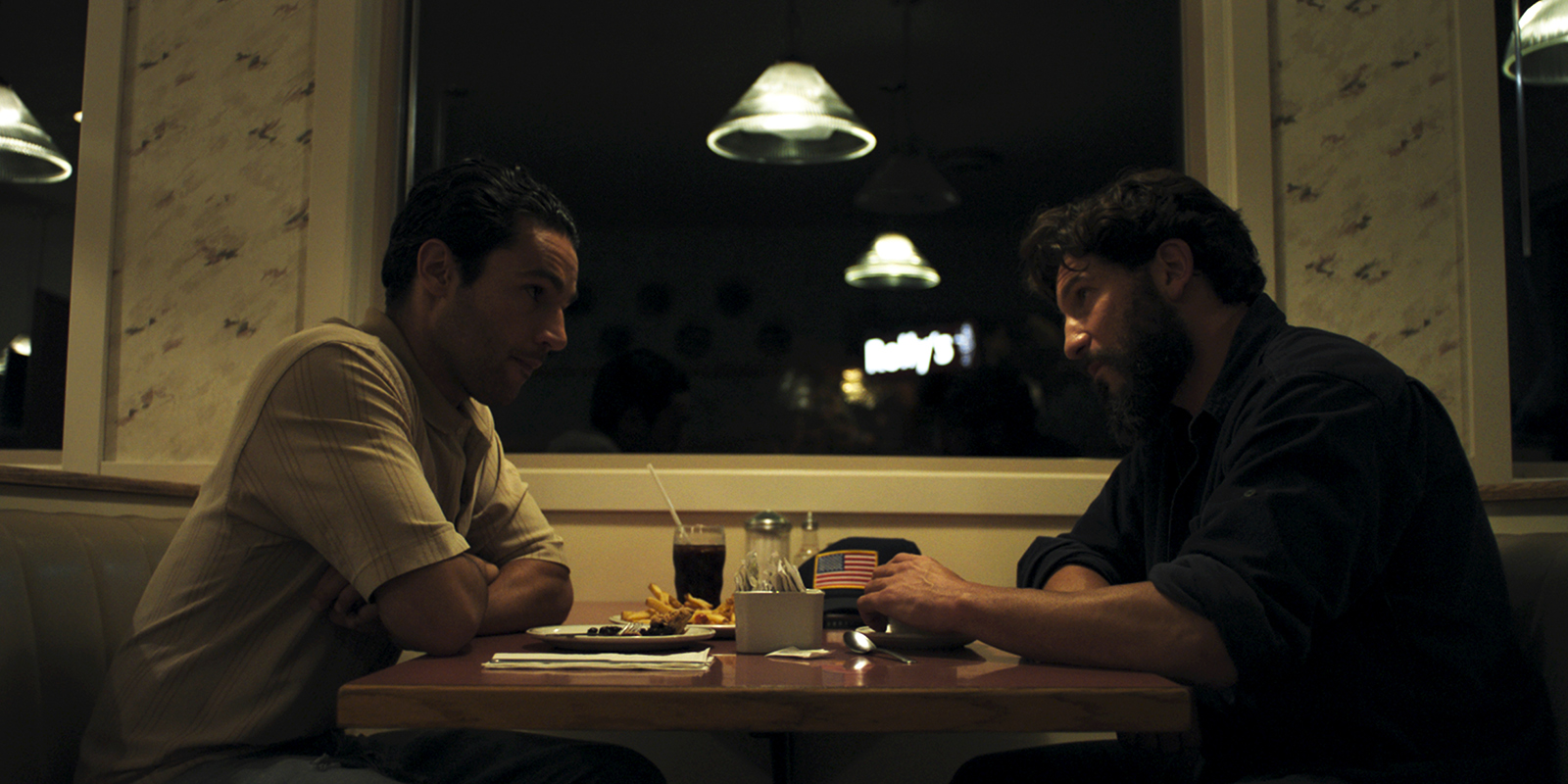Marked by tension and atrocity, Sweet Virginia unveils a bitter yet beautiful view on human nature. It superimposes the relationship between necessity and sin over the format of a classic crime thriller. Turbulent and enigmatic, the film centers on the interconnection between crime, debauchery, and vice, in a small town world.
The interdependent and complicated relationships between the main characters drives the path of the film. Sweet Virginia focuses on a series of crimes committed in a rural Alaskan town, and their consequences on the town’s residents. The film follows a hitman after being hired by a wife seeking to kill her cheating husband. Complications with regards to the murder of the husband leave two other men dead, and predispose the town for maximum entropy and chaos. Following this crucial event, conflict and disorder mark the film, painting the small town red with disorder and terror.
Well structured and carefully composed, the film reflects on the contemporary, seemingly idyllic view of pastoral life, as well as the violent nature of humanity, through its straightforward and evocative cinematography. A strong sense of visual command on the part of director Jamie M. Dagg is able to point the film down a garish and hauntingly beautiful path, with simple and striking shot sequences and imagery. This, combined with powerful performances from the cast, are able to bring the award winning screenwriting of Benjamin and Paul China to life.
Poignant, stark, and bold — Sweet Virginia leaves its viewers with a lasting impact, making us question the inherent natures of humanity and sin. The complex relationship between pure motivations and impure actions takes center stage. However, it is not a fight between forces of evil and good — but rather, portrays an intricate dance in which they intertwine. This bittersweet and complex film noir is both chaotic and contemplative, leaving its viewers with a vivid, dark, and resounding image of what it means to be human.


